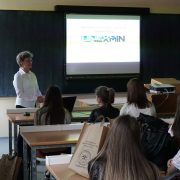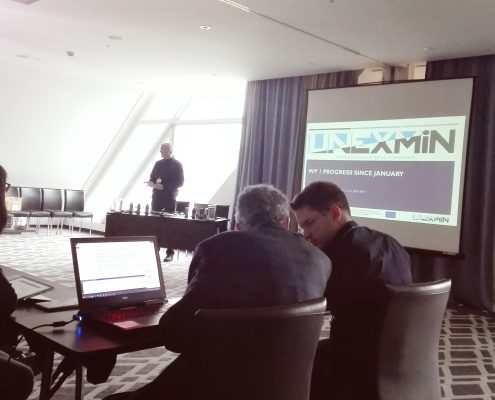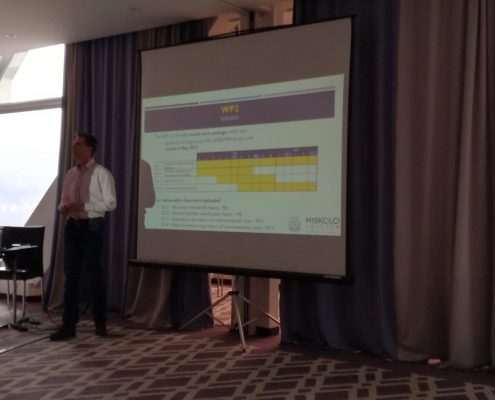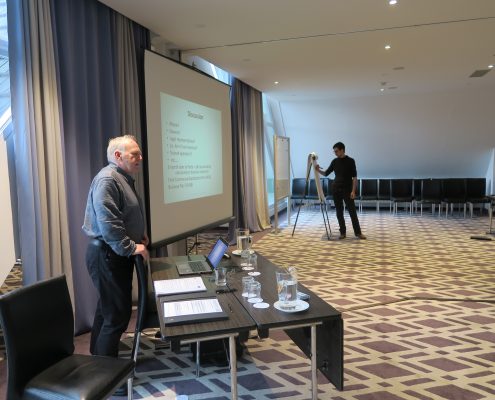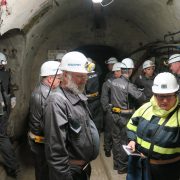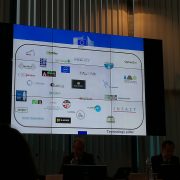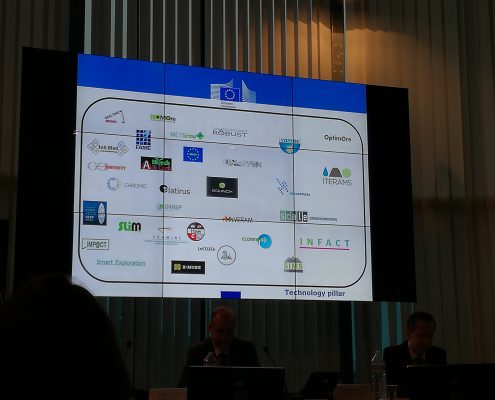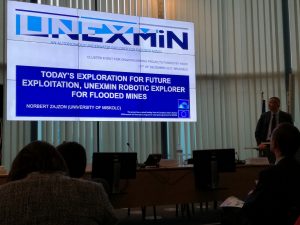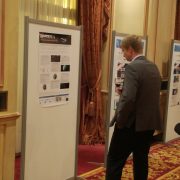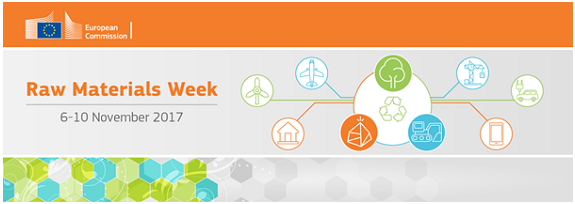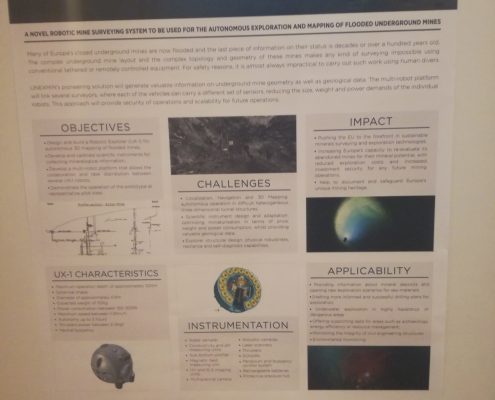Girls’ Day at University of Miskolc
The engineering faculties of University of Miskolc organised the Girls’ Day for the sixth time on 26th April, with the aim of raising the interest of young girls for STEM subjects (Science, Technology, Engineering and Mathematics) and the engineering careers. In total, 250 girls from different secondary schools across Hungary attended the event.
One of the activities during this day occurred at the Institute of Mineralogy and Geology, where about 80 girls, divided in three groups, visited the mineral exhibition. Then, Eva Hartai, coordinator of the CHPM2030 project spoke about the running H2020 projects, UNEXMIN and CHPM2030. After a short introduction, overview videos of the two projects were presented.

Girls’ Day at University of Miskolc
The UNEXMIN project, with its innovative technology, aroused great interest from the girls in the UX-1 robot, which will soon be able to work in water, deep underground. There were several questions regarding its size, material composition and functions, showcasing their interest in the project.
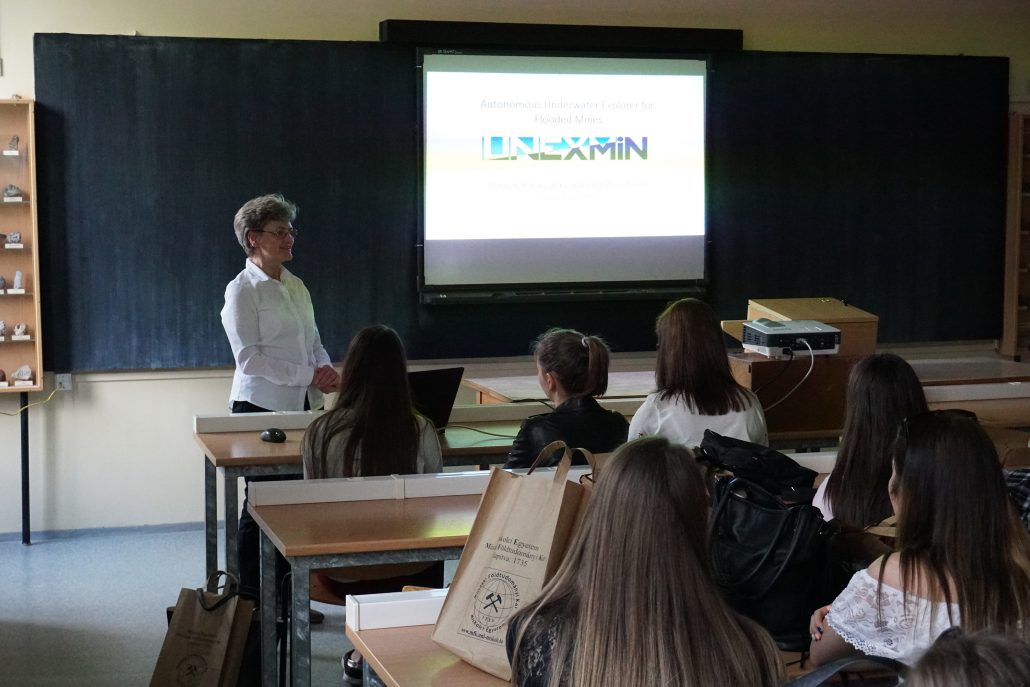
Presentation of the UNEXMIN project during the Girls’ Day.
During this day, the girls were informed that interested students are involved in these projects, which provides them with an opportunity to join international working groups, making them very interested in making a career within fields historically dominated by men.
Bringing more women into the sciences, technology, engineering and mathematics fields is an important step. Who knows if the next series of underwater robots to explore underground flooded mines is not coming from one of those minds?

